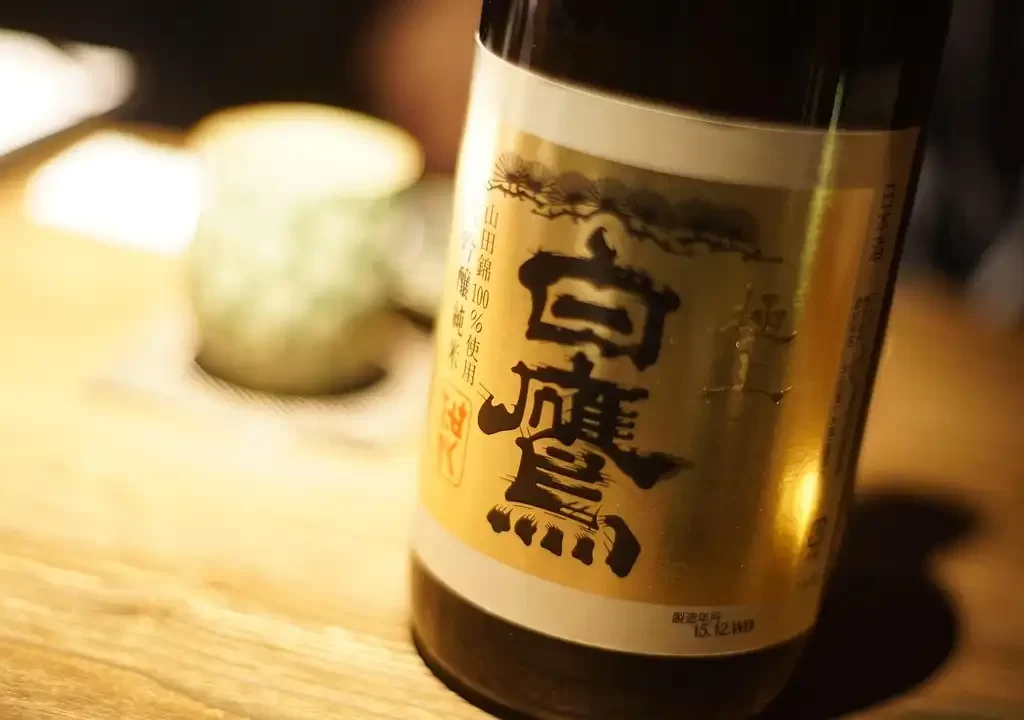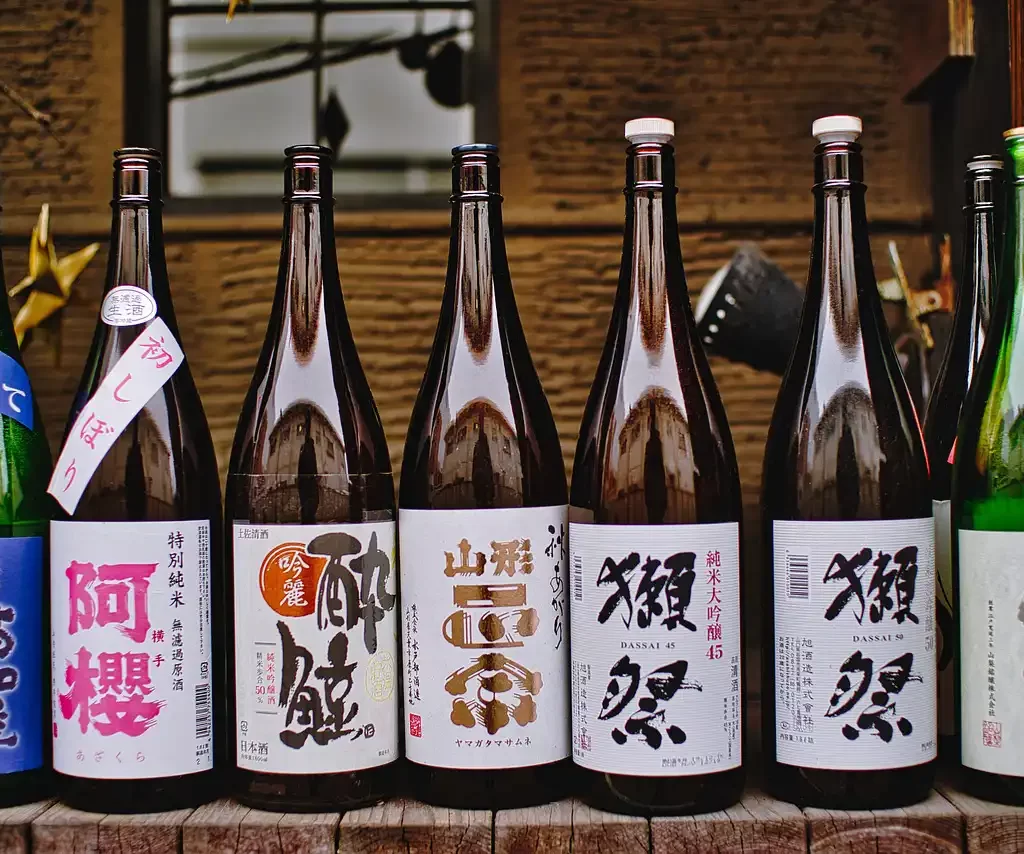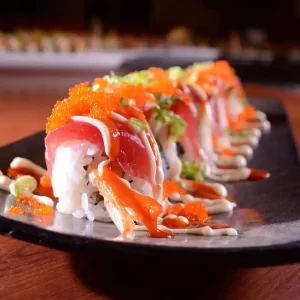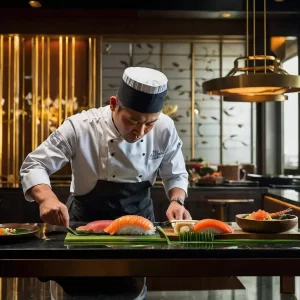In Japan, Sake is not just a drink, it’s a source of national pride. Sake is deeply rooted within both ancient and modern Japanese culture & tradition. So, let’s meet this drink that actually represents far more than just a drink.
Technically, sake is the Japanese term for all alcoholic beverages. Given this fact, it includes everything from beer & wine to local brews!
Sake is a Japanese alcoholic beverage made by fermenting rice that has been polished to remove the bran. Despite the name” Japanese rice wine”, sake, and any East Asian rice wine is produced by a brewing process more similar to that of producing beer.
Ingredients
Much like beer, brewing sake only requires a couple key ingredients: rice, koji, water, and yeast!
The most common rice used in making sake is short and medium-grain “japonica” because japonica grains feature a rounder and denser starch core. There are nine common premium sake-brewing rice (sakamai) varieties. They come from various locations around the country and each give a different taste in the end.
Water is also one of the most important elements in brewing a great sake. Many sake breweries are located close to mountain streams and underground springs and that’s not an accident. The mineral content and quality of the water source has a crucial effect!
Koji, also known as aspergillus oryzae, is a special mold that helps break the rice starches into sugars to prepare for fermentation. It is just as important as rice and water.
Last but not the least important is the yeast. The type of yeast used will change the flavour and the aroma of your sake.
Yeast is essential to the sake brewing process because it converts the sugars created by the koji into alcohol.

Types of Sake
1. By Rice Polishing Ratio (Seimaibuai)
This refers to the amount of rice that remains after it’s polished (the more it’s polished, the more refined the sake).
– Junmai (純米): Made only with rice, water, yeast, and koji (a mold that helps with fermentation). It has a richer, fuller flavor.
– Honjozo (本醸造): A small amount of distilled alcohol is added during fermentation. This results in a lighter, more fragrant sake.
– Ginjo (吟醸): Made with highly polished rice (at least 40% of the grain removed), usually more fragrant and refined. There’s also Junmai Ginjo (without added alcohol) for a richer taste.
– Daiginjo (大吟醸): Made with even more highly polished rice (at least 50% removed). It’s the most refined and complex type of sake. Junmai Daiginjo is a variant without added alcohol.
2. By Taste Profile
– Futsu-shu (普通酒): This is the standard, everyday sake, similar to table wine in the West. It can be sweet, dry, or somewhere in between.
– Koshu (古酒): Aged sake. It develops more complex flavors over time, often with a deeper color and a richer taste.
– Namazake (生酒): Unpasteurized sake, which gives it a fresher, more vibrant flavor. It’s often kept refrigerated.
– Nigori (濁り): Cloudy sake that has some rice solids left in it, giving it a creamy texture and a sweet flavor.
3. By Temperature
– Atsukan (熱燗): Sake served hot. Generally, lower-quality sake is heated to improve its flavor.
– Reishu (冷酒): Sake served cold, typically high-quality sakes like Ginjo or Daiginjo.
Sake is served both warm or cold. Which temperature is the best depends on the sake you would like to taste. Enjoy!






